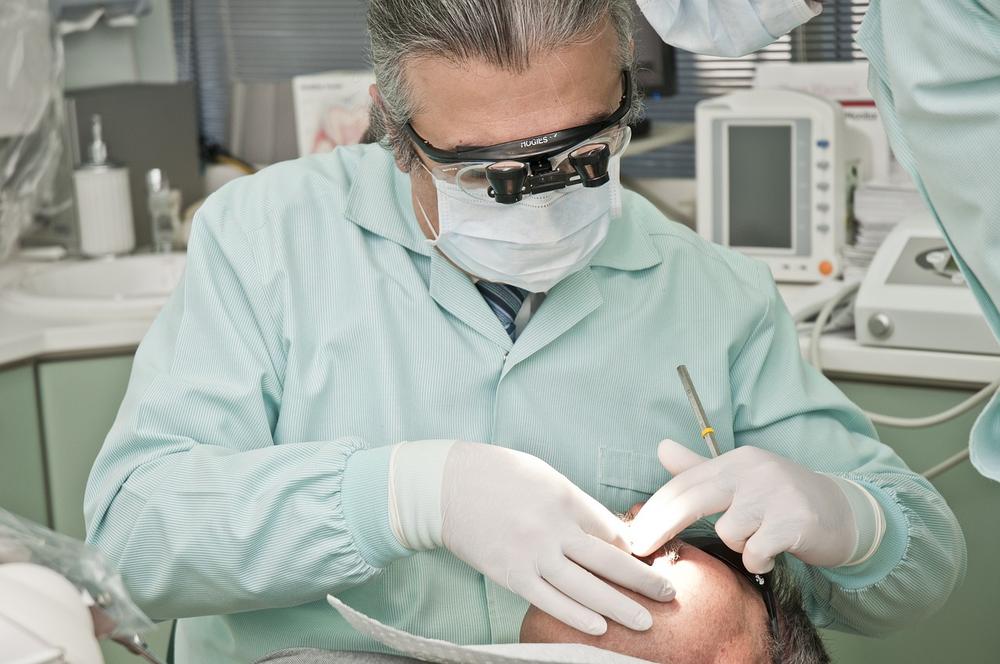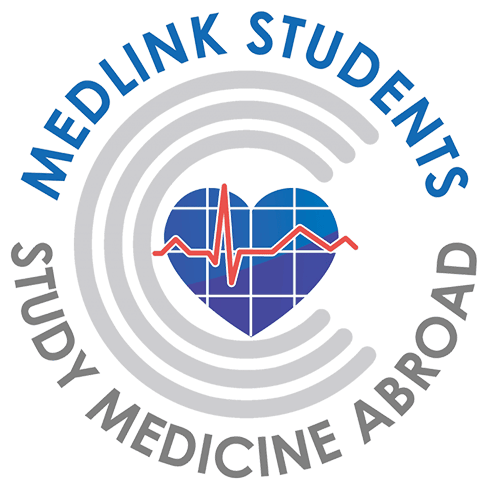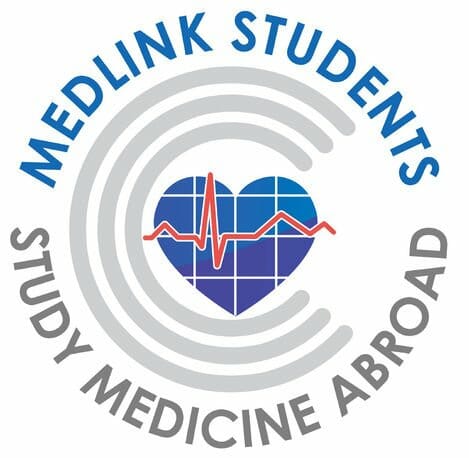The ORE Exam 2024: Everything You Need to Know for Overseas Dentists


Table of Contents
The ORE exam, also known as the Overseas Registration Exam, is a crucial and necessary step for overseas dentists who want to become licensed and independent practitioners in the UK.
Passing the ORE exam is a requirement set by the General Dental Council (GDC) to ensure that you meet the standards and competencies required to practise dentistry safely in the United Kingdom. It serves as a means of assessing your knowledge, clinical skills, and understanding of UK dental regulations.
The goal of this blog is to serve as your complete go-to guide for all things related to the ORE examination. So whether you're a dental student preparing for your future career or an experienced dentist seeking new opportunities abroad, we will tell you everything you need to know to ace this exam.
Overview of the ORE Exam
The most important thing to remember is that the ORE exam can be a challenging journey, but it is by no means insurmountable.
The exam is divided into 2 assessments - theoretical knowledge and clinical skills. Upon passing the examination, you will be given the right to practise as an unsupervised dentist in the UK.
ORE Part 1 Exam: Structure
The Part 1 exam is the initial stage of assessment and consists of multiple-choice questions that assess a candidate’s knowledge across a wide range of subjects.
This part of the exam consists of 2 computer-based sections:
- Part 1: Clinically applied dental science and human disease
- Part 2: Clinical dentistry, law, ethics, and safety
Part 1 of the exam is typically carried out at King's College London. Part 1 ORE exam results are usually e-mailed within 30 working days of sitting the exam.
ORE Part 1 Example Questions
Surprise, it’s time for a quick mock exam. If you want to get a taste of what it’s like to sit part 1 of the ORE exam, please try answering the following questions:
1. Which one of the following best describes the change in pH of the blood plasma that leads to a change in the oxygen dissociation curve?
- Absolute point
- Bennett shift
- Boyle's Law
- Bohr shift
- Stephan Curve
2. Which one of the following best describes the antibacterial action of ampicillin?
- Affects bacterial protein synthesis
- Affects DNA synthesis
- Affects folate synthesis and utilisation
- Affects peptidoglycan synthesis
- Affects RNA synthesis
3. A 55-year-old female patient with rheumatoid arthritis and general fatigue is due to have multiple extractions under day-case anaesthesia. Her preoperative full blood count reveals a haemoglobin of 9 g/dl, mean corpuscular volume of 70 fl, haematocrit 30% and a red cell count of 3.5 x 1012/l. Which one of the following is the most likely cause of the anaemia?
- Anaemia of chronic disease
- Folate deficiency
- Iron deficiency
- Leukaemia
- Marrow replacement
4. Missing mandibular second premolar and first molar teeth in a 35-year-old male. The abutment teeth are restored with large MOD amalgam restorations. The distal abutment is mesially tilted and drifted half a unit mesially
- Conventional fixed-moveable bridge
- Conventional cantilever bridge
- Conventional fixed-fixed bridge
- Cantilever minimal preparation bridge
- Dental implant
- Every partial denture
- Fixed-fixed minimal prepara
5. Following vaccination to produce hepatitis B surface antigen antibody (anti-HBs), a person’s antibody levels are tested. Which one of the following is the most appropriate statement?
- An antibody level of 1000mlU/ml is the level required for healthcare professionals (0 marks)
- An antibody level of 1mlU/ml is the level of response required for healthcare professionals
- An antibody level of 5mlU/ml is a non-response and a repeat course of the vaccine, and a re-test is necessary
- An antibody level of 5mlU/ml is an adequate response and should be followed by an additional dose of the vaccine in 5 years
- An anti-Hb level of greater than 100mlU/
You can find the answers to these questions at the end of this blog post, as well as a link to some more sample questions.
ORE Part 2 Exam: Structure
After successfully completing Part 1 of the ORE exam, you will move on to Part 2, which is designed to evaluate your practical abilities in a clinical setting. It consists of 4 components where you will be assessed on various dental procedures, including restorative dentistry, prosthodontics, periodontics, and more. Each station presents a different scenario that simulates real-life patient cases.
The 4 main components of the practical part of the ORE exam are:
1. Objective Structured Clinical Examination (OSCE)
This part assesses various clinical skills and may cover: law, ethics, professionalism, human diseases, dental public health, comprehensive oral care, behavioural sciences, clinical dentistry, oral surgery, restorative dentistry, oral medicine, paediatric dentistry, oral pathology and microbiology, orthodontics, dental imaging, and radiology.
Candidates are expected to demonstrate skills in communication, history taking, assessment, clinical examination, ethics, attitudes, and judgement
2. Dental Manikin Operative Tests
This station tests a candidate's operative skills. Candidates are given three hours to complete three procedures, primarily involving the preparation and restoration of teeth.
3. Diagnostic and Treatment Planning (DTP) Exercise
Candidates talk to an actor who provides a history and potentially gives relevant information about his theoretical case, including photographs, radiographs, study models, test results, etc. They are then expected to diagnose the patient and come up with a solution and treatment plan.
4. Practical Examination in Medical Emergencies (ME)
This part consists of a structured scenario-based oral examination and a demonstration of single-handed basic life support, including cardiopulmonary resuscitation using a resuscitation manikin.
During the exam, you will be expected to demonstrate your competence in performing these procedures while adhering to UK dental regulations and best practices.
Part 2 is carried out in several venues throughout the UK. Typically, they are:
| Venues | Component |
|---|---|
| The Royal College of Surgeons of England, 38-43 Lincoln’s Inn Fields | Objective Structured Clinical Examination |
| UCL Eastman Dental Institute, Rockefeller Building | Dental Manikin |
| Eastman Dental Hospital Education Centre, Mortimer Market Centre | Diagnosis and Treatment Planning |
| Eastman Dental Hospital Education Centre, Mortimer Market Centre | Medical Emergencies |
Part 2 is limited to 144 candidates per exam cycle. Part 2 ORE exam results are usually e-mailed within 20 working days of sitting the exam.
Medlink Student's Webinar: Your Guide to Becoming a UK Dentist


Are you studying dentistry abroad or an overseas dentist aiming to practice in the UK? The Overseas Registration Exam (ORE) is an essential step to achieving that goal. This exam is a critical step in validating your skills, knowledge, and readiness to provide dental care in line with UK standards.
To help you navigate this process, Medlink Students is hosting a webinar that will help you better understand UK standards and which university best suits you to study dentistry and practice in the UK.
Reserve Your Spot for Our Webinar
ORE Part 1 and Part 2 Exam Dates 2024 and Cost
The Overseas Registration Exam dates and costs in 2024 are as follows:
| Exam Stage | Ore Exam 2024 Dates | Ore Exam 2024 Costs |
|---|---|---|
| Part 1 | 02-05 April 2024 | £806 |
| Part 2 | 25 January - 28 January 2024 18 April - 21 April 2024 | £2,929 |
Documents Required for the ORE Exam
Applicants have to provide the following documents in order to sit the ORE exam:
- A fully completed application form that includes a clinical reference. The reference must be filled out and personally signed by the referee. It is important to note that the reference should not be provided as a separate document.
- A recent Certificate of Current Professional Status (CCPS), which cannot be older than three months as per the application’s receipt date by the GDC.
- Proof of English proficiency
- An authenticated copy of a recognised primary dental qualification
- An authenticated copy of a valid and current passport
- 1 up-to-date passport-sized photograph.
- An European Network of National Information Centres (ENIC) statement of comparability
Tips and Advice for ORE Exam Success
Preparing for the ORE exam requires a well-structured study plan and effective strategies. Here are some tips to help you make the most of your study time:
- Take practice exams: taking mock exams is one of the best things you can do to help you prepare for your ORE Exam. You can use them to help you identify areas where you need improvement and allow you to practise time management skills under exam conditions.
- Focus on UK regulations and stay up-to-date: since this is an exam to become a dentist in the UK, it goes without saying that you should familiarise yourself very well with the regulations and rules associated with practising dentistry there.
- Talk to people who have taken the exam: connect with experienced dentists who have successfully passed the ORE exam. Their first-hand experience can be irreplaceable in your preparation to tackle the exam.
- Don’t neglect interpersonal skills: one of the aspects that you will be tested on includes ethics, professionalism, and communication skills. Dentistry is a patient-centred profession, and the ORE exam serves as a way to validate your preparedness to enter the workforce in the UK.
Differences Between ORE and LDS Exams
The exams are very similar, so they can get mixed up sometimes.
What is the LDS Dental Exam?
It’s an exam that the Royal College of Surgeons of England conducts and is typically for students who have completed their dental degree within the United Kingdom. Similarly to ORE, it is an assessment consisting of a theoretical section (LDS Part 1) and a practical section (LDS Part 2). However, in recent years, an LDS Part 3 has been added, which is held over a one day period and consists of an 180-minute operative assessment on a dental manikin, designed to test your practical clinical dental skills.
It's important to note the limited availability of LDS exam seats: annually, only 120 candidates can take the LDS Part 1, and just 55 are permitted for the LDS Part 2.
Main difference between LDS and ORE exams
When comparing the LDS exam with the Overseas Registration Exam (ORE), both qualifications enable successful candidates to practise dentistry with the same scope. However, the primary distinction between the two lies in the recognition of dental qualifications, as the LDS is carried out by the Royal College of Surgeons, while the ORE is done by the General Dental Council.
Conclusion
The ORE exam is a significant milestone for any overseas dentists who want to practise independently in the UK.
Remember that every successful dentist who has passed the ORE exam was once in your position. With dedication, good preparation, and the right mindset, you, too, can achieve your goal of becoming a registered dentist in the United Kingdom.
Don’t forget, if you have any questions, the General Dental Council is always available to answer your queries. You can contact them either online through their website or by calling +44 20 7167 6000.
Mock exam answers:
1 - d), 2 - d), 3 - c), 4 - a), 5 - c)You can find more questions here: DNC sample questions
Leave a Reply


About Medlink Students
Leading international recruitment company for medical students in Europe. British Council Certified Agents. 10+ years of experience and more than 10,000 students advised.








